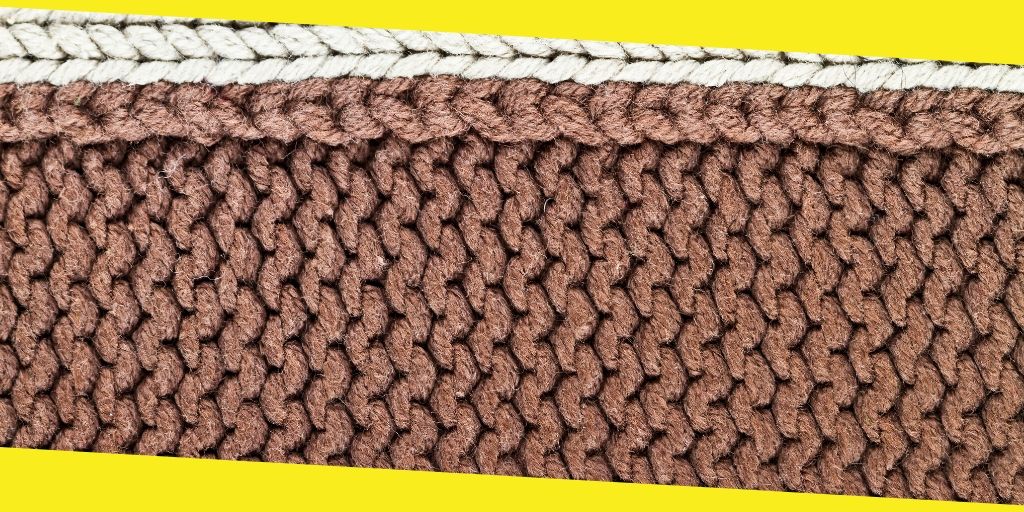Comparing Knitted Elastic, Braided Elastic, Woven Elastic, and Clear Elastic

An elastic is composed of a series of materials of rubber (or stretchable material, as in spandex) that have been fused or lined with cotton, nylon, polyester, or a combination of fibre thread. The use of a knitted elastic has substantially significant importance for use by the textile industry because of its truly unique, remarkable flexural strength and recovery attributes. The outer threads are knitted, braided, or woven together to create the elastic. It comes in a range of sizes and various thicknesses; different elastics (such as woven, braided, and knitted elastic) vary considerably on their stretch – each kind may have a less or more of a stretch. Elastic may also be sewed first into casings or can be stitched onto the material directly to enhance fullness in a specific area. You will know that you got an excellent elastic quality when it could be stretched out at least twice its length, and yet still returns to its original shape and length. Its composition and its fibre content can determine the quality and behaviour of an elastic.
The majority of elastics range from 1/8 “to 2 1/2” in its width. However, the elastic thread may be somewhat narrower, and other decorative elastic may be wider too.
Contents
Toggle4 Types of Elastics: Knitted Elastic, Braided Elastic, Woven Elastic, and Clear Elastic
An elastic is categorized by how it is being produced and by the content of its fibre. Each element plays a significant role as to how an elastic reacts and how it should be used or how to utilize it appropriately. The elastics are either knitted, braided, woven or clear.
An elastic’s fibre content is a vital feature to take into consideration when choosing an elastic. Most elastic is made out of rubber cores, but there is also a rubber-free elastic that is commonly used in medical supplies and is recommend to be used by people who are allergic to latex. In general, the higher the proportion of rubber content in an elastic, the greater would be the stretch. Usually, an elastic is variation cotton, polyester, nylon or rubber.
The most versatile elastic is the combination of rubber and polyester, and it is also the most common elastic by far. It is the perfect elastic for wash-and-wear clothes, swimwear, and even synthetic knits fabrics.
Knitted Elastic
Knitted elastic Is lightweight and flexible. Its flexibility is appropriate for most clothes. For underwear or other articles of clothing in which the elastic would touch the body, knitted elastic is the most suitable choice.
As it is also lightweight, it is considered ideal to be used for lightweight materials. Even when stretched, it does not narrow and is also not impaired by needle piercings, making it an excellent choice for direct application to clothing, just like it would be with casings.
In general, knitted elastic material does not narrow even when stretched to its limit, because it does not consist of as much rubber or fibre as a braided elastic and woven elastic. This contributed significantly to the cost-effectiveness of knitted elastic, too. The knitted elastic can be fabricated the fastest amongst all the other available flat elastics, which equates into the quickest turnaround times when massive quantities of production are needed. Because of its widespread usage in the textile industry and also in the medical sector (which requires a lot of latex-free elastic) white elastic, beige elastic, and black elastics are by far the most commonly manufactured colours of knitted elastic.
Knitted elastic is manufactured as either a blended polyester-nylon or elastic polyester, rendering it the cheapest and most flexible of all the elastic materials.
Braided Elastic
There is no doubt that braided elastic is what many of us have imagined when we talk about elastics. It has parallel ribs that pass along the elastic length, and when stretched, it inevitably narrows. It tends to lose its stretch when pierced with a needle, so this is not the best sewing choice. Typically, a braided elastic is the one which is used when it is put inside casings, such as that of necklines in shirts or dresses and sleeve hems.
Braided flat elastic is widely used in numerous products, including athletic goods, equipment bags, beachwear, leg bands, and much more. Its width, the materials, the stretch and the colours vary considerably as well.
Braided elastic may also be used in products that require narrow widths but should still be able to produce a material of high quality. The braided elastic comprises of latex rubber of high tensile strength and is lined with fibre like an elastic polyester, cotton, or nylon. All braided elastic reacts the same, regardless of its covering material; once extended, it becomes narrower, but returns to its original width due to its exceptional stretch retention, which is also referred to as “memory”.
The resilience and durability of a braided elastic material give them longer lifespans than that of a knitted elastic. The increased durability is the outcome of the production process during which the rubber and fibre are tightly braided so that the elastic will still appear opaque, even if fully stretched.
Woven Elastic
Woven elastic is quite durable and appears to be thicker than the elastics mentioned above. Due to the very layout of its construction, woven elastic is certainly a high-strength material that stretches with daily use, but it never narrows even when fully stretched. The quantity of its stretchy material is doubled; that is why woven elastic is still the best option whenever stretch is necessary. The added content — may be an elastic or polyester made from cotton — often contributes to its improved strength and durability. A woven elastic band is so durable that it can be utilized for heavy-duty applications such as for car covers, home decoration, strapping, bags, etc.
Clear Elastic
Transparent polyurethane, or commonly referred to as the clear elastic, is neither a knitted, woven or braided elastic material. It is a synthetic material that even when it is stretched to three to four times the length, it will still return to its original size and length. It is commonly used for direct application to the fabric.
Recommended For You
Why I Love My Gas Mask Bong
Most Inside
Most Inside offers high-quality recommendations and valuable updates to enhance all aspects of your life, providing premium guidance and enriching experiences.




